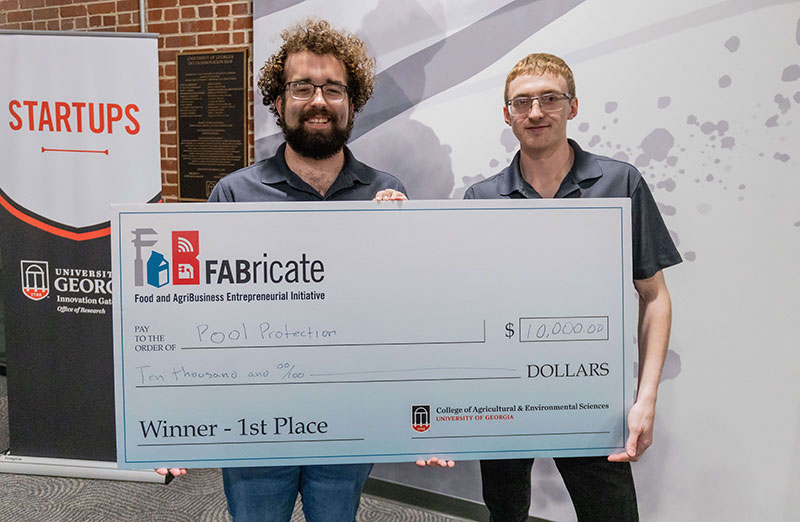Several years ago, pigweed found the weakness and breached the defense that Georgia cotton growers used to control it. It now threatens to knock them out, or at least the ones who want to make money, says a University of Georgia weed expert.
“It’s been devastating in a lot of ways,” said Stanley Culpepper, a weed specialist with the UGA College of Agricultural and Environmental Sciences who’s taken a lead in fighting the weed in Georgia. “It’s without a doubt the largest pest-management problem that any of our agronomic growers are facing, especially our cotton producers.”
If not killed early, pigweed -- also called Palmar amaranth --can grow as tall as a small shade tree in fields, gobble nutrients away from cotton plants, steal yields and in severe cases make harvest difficult or impossible.
How did we get here?
In 1997, farmers started planting cotton that was developed to stay healthy when sprayed with glyphosate herbicide, commonly sold under the brand name Roundup. They could spray the herbicide over the top of this cotton, killing weeds like pigweed but not the cotton. Virtually all Georgia cotton grown now is “Roundup Ready” because it saves farmers time and money. But relying on one tool to do the job can lead to problems.
In 2005, the first case of pigweed resistant to glyphosate was confirmed in middle Georgia, the first confirmed case in the world. At the time, it was localized to a few fields on about 500 acres. The resistance has spread across 52 counties, infesting more than 1 million acres. Within the next year or two, Culpepper said, it will likely be in every agronomic county in the state. It’s also confirmed in most Southeastern states.
Glyphosate didn’t cause pigweed to change genetically or to become a resistant mutant, he said. All it took was a few weed plants in a field or area to be genetically different -- in this case, resistant to glyphosate. The resistant ones survived to reproduce.
Pigweed is dioecious, meaning it needs separate male and female plants to reproduce. And it can reproduce a lot. The male produces the pollen. The female produces the seed. The resistant trait is passed through pollen, which can survive in the air and travel as far as a mile. One female plant can produce between 500,000 to 1 million seeds.
Economic survival?
According to a survey last year, half of Georgia’s 1 million acres of cotton was weeded by hand for pigweed, something not normally done, costing $11 million. Growers went from spending $25 per acre to control weeds in cotton a few years ago to spending $60 to $100 per acre now.
“We’re talking survival, at least economically speaking, in some areas” Culpepper said, “because some growers aren’t going to survive this.”
Growers in middle Georgia who’ve battled the resistance for several years now are aggressively attacking the weed. Growers in other regions need to get on board. “If they don’t have resistance yet they will,” he said.
The key is diversity, or using more than one tool to fight invaders. Herbicides still provide good control, he said, but they must be applied at the right time and, if possible, under the right conditions. Growers, too, must reduce the number of pigweed seeds in their fields.
“Herbicides alone often will not provide adequate control. An integrated program must be developed to reduce the amount of Palmar that actually emerges,” Culpepper said. “If it (pigweed) doesn’t come up, we don’t have to kill it.”
Deeply tilling the soil in a field can reduce pigweed seed germination by as much as 50 percent in that field. Using heavy cover crops like rye to provide a thick mat between plant rows can also reduce germination by as much as 50 percent and give cotton plants a competitive edge over the weed. The combination of deep tillage and cover crops in a field can reduce pigweed seed germination by as much as 80 percent. All of this helps, he said, but it won’t knock the giant out.
The situation is bleak, he said, but the cotton industry, chemical companies and researchers are responding and trying to catch up with pigweed.
“It won’t be tomorrow or even next year, but we have some new technology coming. I’m certainly more optimistic. We’ve got some good options we’re testing now,” Culpepper said. “But we’re going to have to change how we’ve handled this pest in the past. If growers don’t, they simply won’t be growing cotton.”

.jpg)





